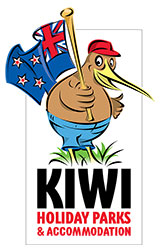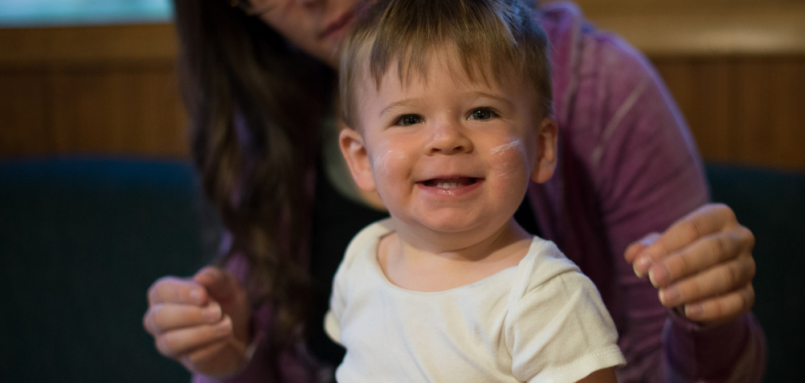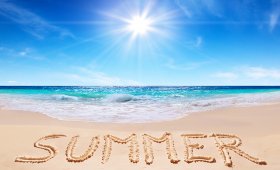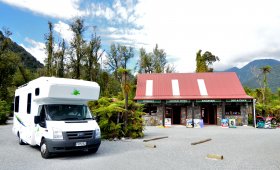Stay Sun Smart during Summer
The New Zealand summer is unlike any other – particularly because of Christmas and the New Year; far removed from the snow and cold of the Northern Hemisphere. While you're out enjoying the sun, it's important to protect your skin and eyes from the sun. As you may know, sunburn is not fun, so here's how to stay safe in the sun during summer.
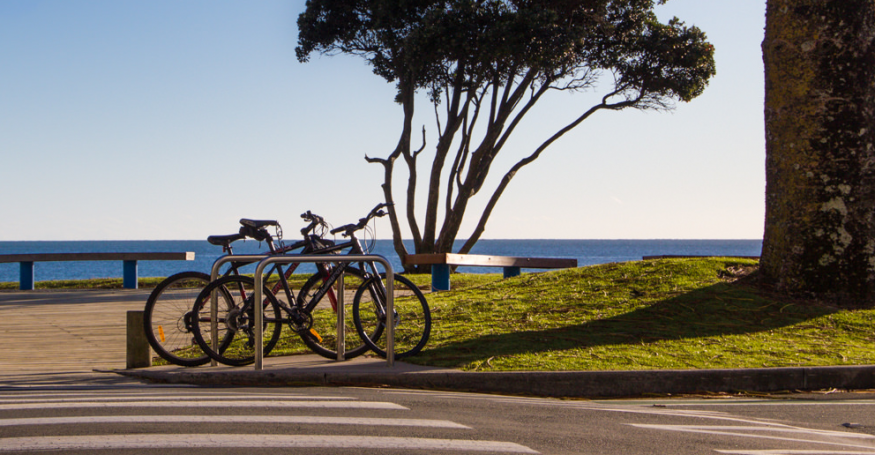
What is UV light and why is too much of it unsafe?
The sun emits ultraviolet rays, amongst other forms of energy. It's important to have a healthy dose of UV light as this turns into vitamin D, which is important for good bone health. However, too much unprotected exposure causes sunburn, melanoma, and sunspots. There are three reasons New Zealand is exposed to more UV light than other places around the world:
- The earth orbits in an ellipse around the sun, so our summer is the same time as when we are closest to the sun.
- During the summer months, there is less ozone in the air in the Southern Hemisphere than in the Northern Hemisphere, which allows more UV light to pass through.
- There is less pollution in the air to block UV light.
See the Sun Smart website for more great information about UV.
Sun Smart's safety message
Sun Smart New Zealand is an initiative that teaches the public on how to protect yourself in the sun, and has information about sunscreen, sunburn, sunbeds, vitamin D and UV light. Their catchy message "Slip, Slop, Slap and Wrap" is a great way to remember what you need to be protected in the sun.
- Slip on a shirt and into the shade
- Slop on some sunscreen
- Slap on a hat
- Wrap on some shades (sunglasses)
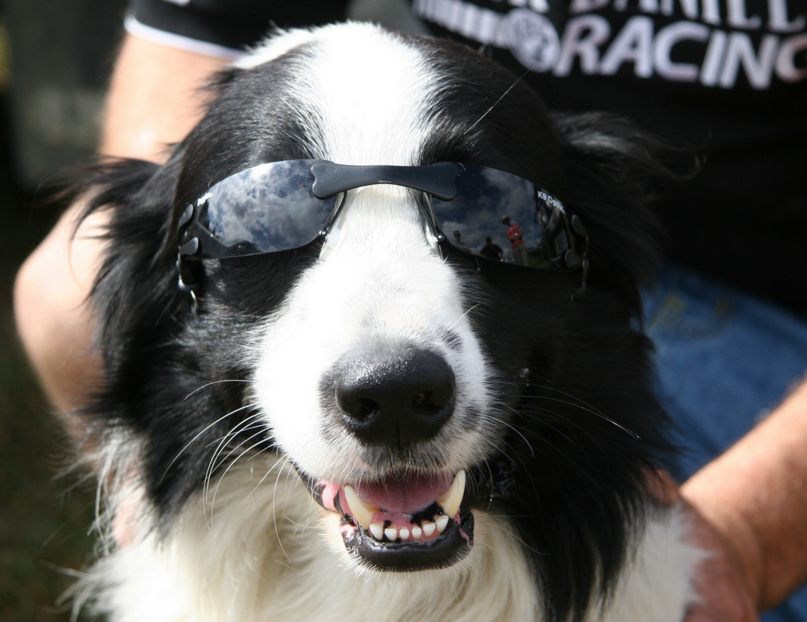
What type of sunscreen do I need?
There are many different sunscreens on the market, and it can be confusing choosing the right one for you. As a general rule, choose a broad spectrum sunscreen which protects you from the two types of UV rays that affect us (UVA and UVB), and one with an SPF (sun protection factor) of 30+, which will protect you in temperatures of 30 degrees Celsius and above. If you'll be swimming, chose one that is water resistant. It's a personal choice on the application types, such as squeeze bottle, roll on or spray on.
Apply sunscreen at least 20 minutes before going out into the sun, and re-apply every two hours or after swimming. The optimal amount of sunscreen is seven teaspoons (35 ml) to cover everything including your hands, face, neck and ears.
FAQs and Myths
1. Why do I need a broad spectrum sunscreen?
There are three types of UV rays:
- UVA can damage skin cells
- UVB causes sunburn, and though most of it is filtered out by the ozone, low exposure to this light is converted to vitamin D. Both UVA and UVB can cause skin cancer
- UVC is the most dangerous of the UV lights, the ozone absorbs all of it so none reaches the earth's surface.
2. Are tanning beds and bulbs safer than sun exposure?
No. In fact, these can be even more dangerous as they give out higher levels of UV light, and many people don't protect themselves while using them.
3. When's the safest time for sun exposure?
Always check the Sun Protection Alert for up-to-date information on when the most protection is required. The morning and evening are generally the safest times, but often still require protection.
4. It’s cloudy – can I still get burnt?
Yes. UV light can penetrate clouds, and even though it's not warm outside, temperature is not an indication of the amount of UV light around.
At Kiwi Holiday Parks, we like our guests to have a great time while staying safe. Feel free to ask your host anything about sun protection, and have a wonderful summer!
Photo credits:
New Zealand beach by Abaconda Management, CC-BY-SA-2.0
DSC_2181 by John Mayer, CC-BY-2.0
Ready for a day in the sun by Tim Dawson, CC-BY-SA-2.0
